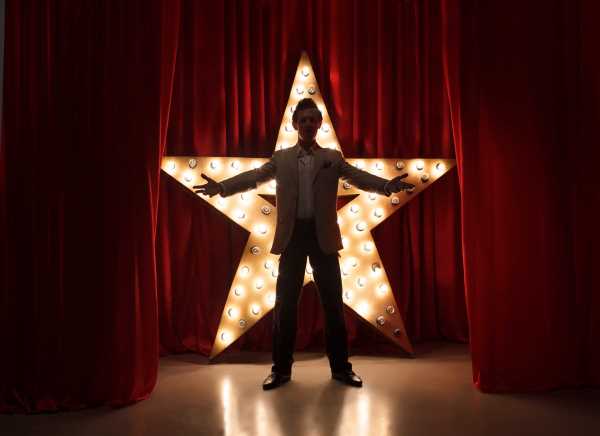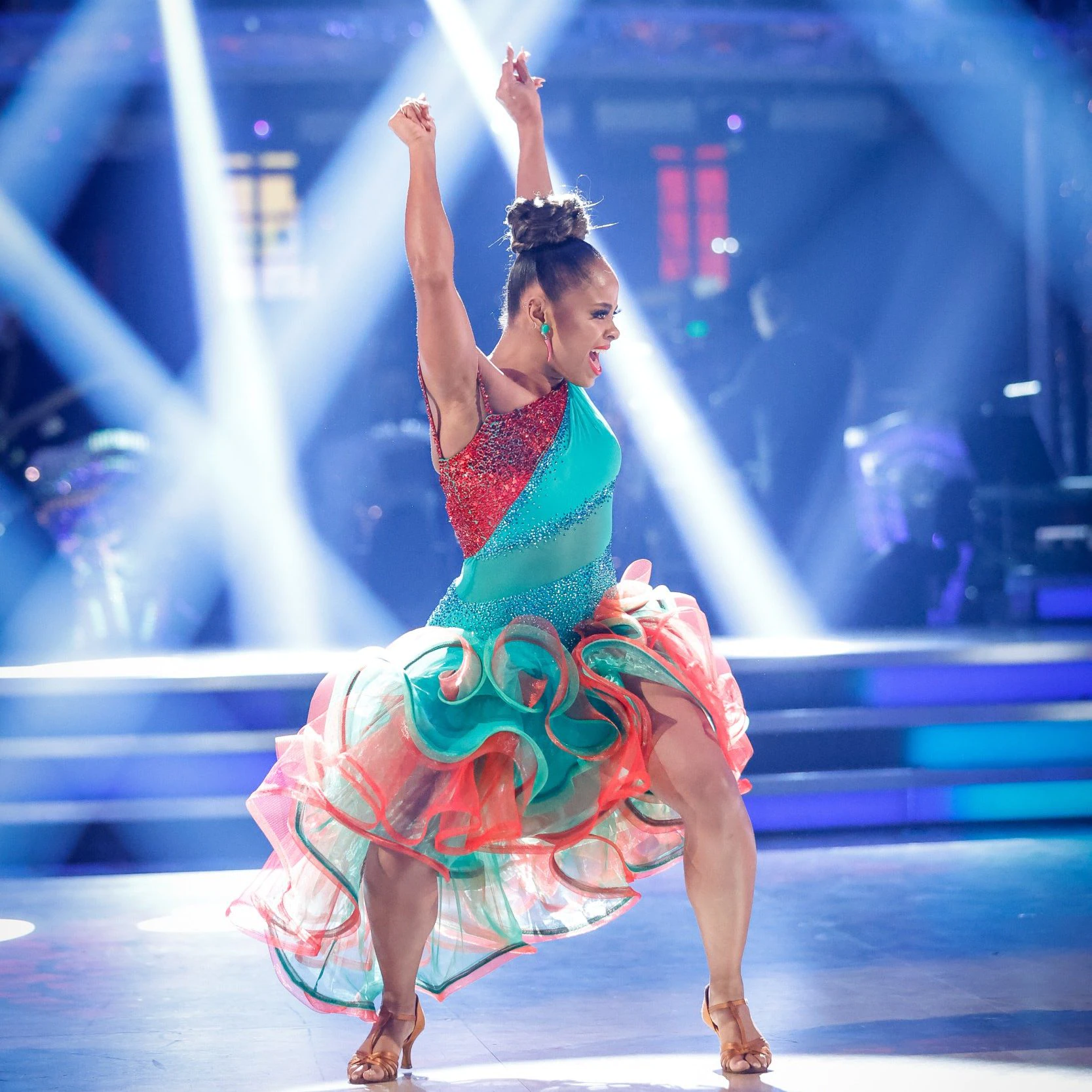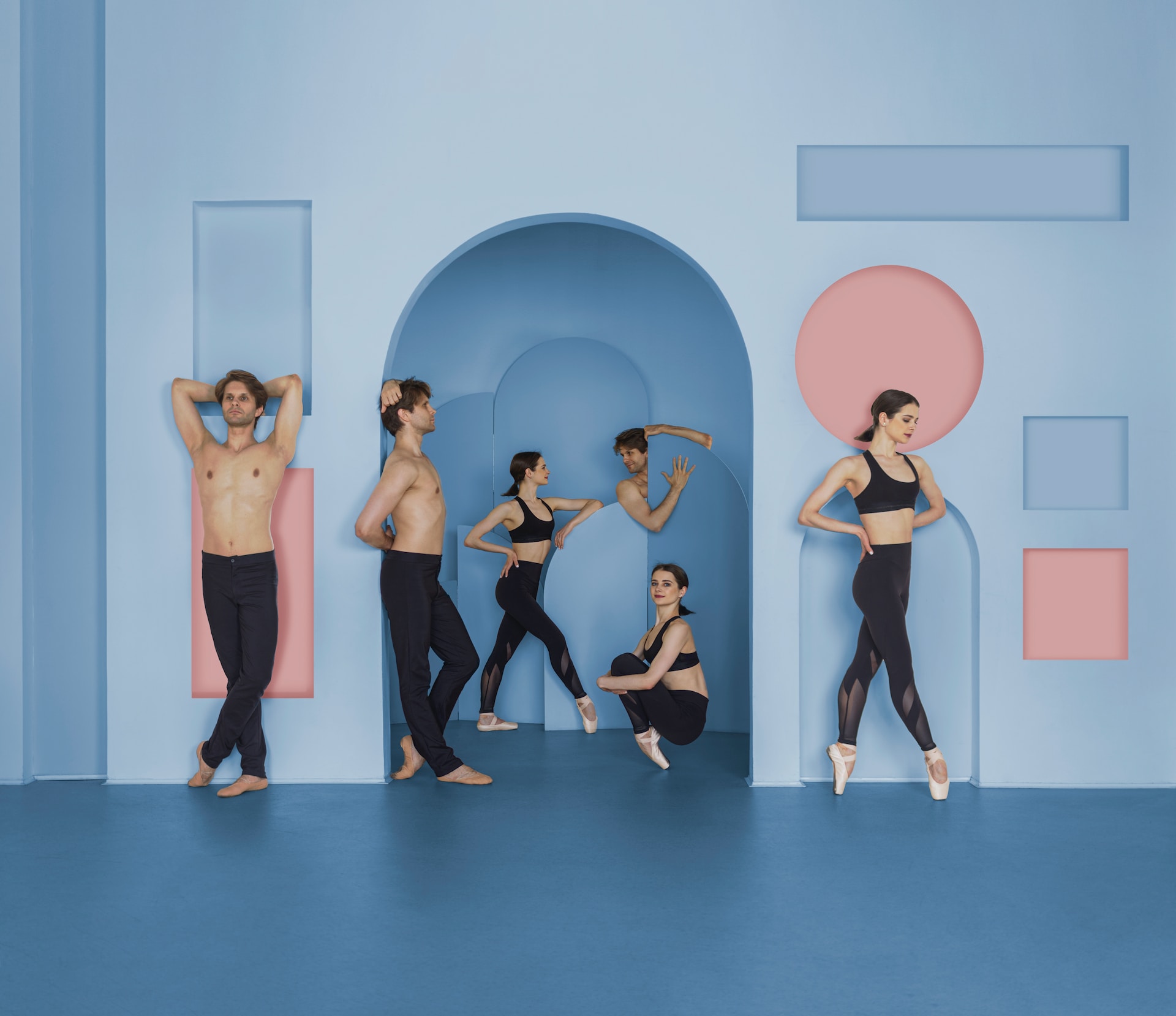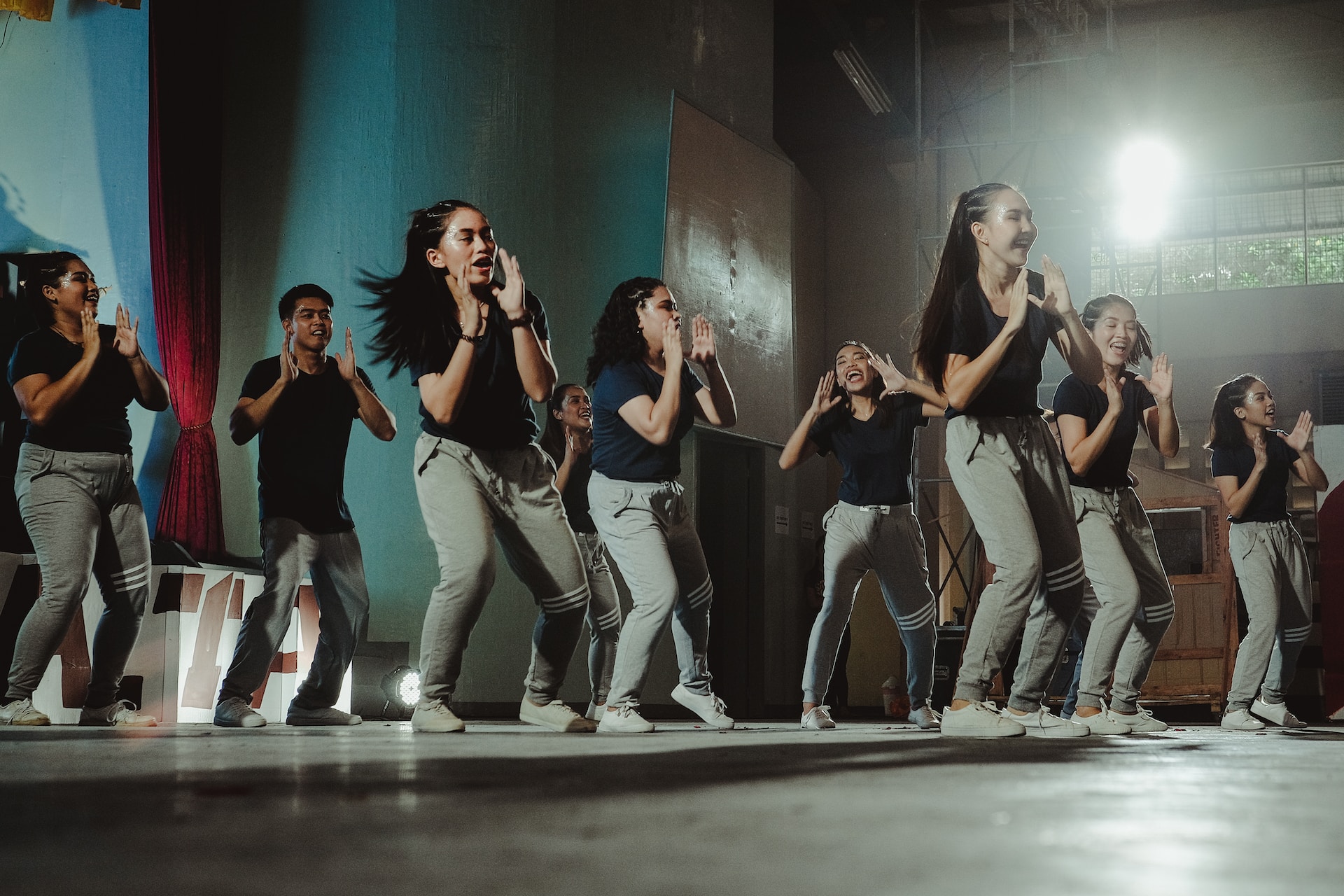Unlock Your Potential: Singing Talent Training Tips to Take You to the Next Level by Kheng Beng Tan
Do you love to sing and want to hone your skills to the next level? In that case, you’ve found the right site! In this post, we’ll examine some insightful advice and methods to help you realise your full vocal potential and advance to brilliance.
- Proper Vocal Warm-up: Before practising, vocal warm-up exercises should be done to prepare your voice and prevent strain or injury. Concentrate on vocal relaxation exercises, voice range exercises, and breathing exercises.
- Develop Your Ear: You can hone your ear by working on pitch accuracy and interval awareness. Your ability to sing in tune and harmonise well with other musicians will increase.
- Technique Mastery: Develop basic singing skills, including breath management, vocal resonance, articulation, and agility. Your voice power, control, and overall performance will all be improved by having a sound technical basis.
- Expand Your Repertoire: Expand your musical horizons by investigating diverse genres. You’ll be forced to modify your technique and demonstrate your versatility as you sing in various styles.
- Seek Professional Guidance: Consider taking singing classes or working with a vocal coach to get individualised advice and criticism. A qualified teacher can assist you in determining your strengths and weaknesses, provide exercises that are appropriate for you, and lead you through the process of learning to sing.
Keep in mind that progress requires patience and regular practice. Set aside time daily to improve your abilities and adopt a growth attitude. You can reach new heights in your musical career and discover your potential as a singer with tenacity, persistence, and the appropriate instruction. Prepare your captivating voice to enthral audiences!









